The production of full grain leather is a detailed and meticulous process that ensures the final product retains its natural qualities and aesthetics. Here is an expanded explanation of each step in the process:

-
Raw materials: The first step in producing full grain leather is selecting the finest hides. Premium hides come from animals raised in optimal conditions, with minimal exposure to harsh environments or fencing that may cause scars or imperfections on the skin. The quality of the hide directly affects the final characteristics of the leather, making it essential to choose only the best raw materials.
-
Pre-tanning preparation: Before tanning, the hides are prepared through a series of processes. These include soaking and washing to remove dirt, blood, and salt, followed by liming to remove hair and any remaining flesh. The hides are then bated, a process that uses enzymes to remove unwanted proteins and clean the fibers, and finally pickled to lower the pH and prepare the hides for tanning.
-
Tanning: Tanning is a crucial step that preserves and stabilizes the hides, transforming them into leather. There are several tanning methods, but vegetable tanning is the preferred choice for full grain leather. Vegetable tanning uses natural tannins extracted from plant sources such as tree bark, leaves, and fruits. This eco-friendly method is labor-intensive and time-consuming, but it results in leather with a rich color, a pleasant aroma, and a unique patina that develops over time.
-
Retanning, dyeing, and fatliquoring: After the initial tanning, the leather is often retanned to enhance its properties further. Retanning can involve additional vegetable tanning or the use of synthetic tannins. The leather is then dyed to achieve the desired color using aniline dyes, which preserve the natural grain pattern and markings. Fatliquoring follows, a process that involves treating the leather with oils, fats, and waxes to ensure it remains soft, supple, and water-resistant.
-
Drying: The leather is carefully dried to remove excess moisture without affecting its quality. Various drying methods are used, such as air drying, vacuum drying, or toggle drying, which, involves stretching the leather on a frame. The drying process must be controlled to prevent the leather from becoming too stiff or losing its shape.
-
Finishing: The final step in producing full grain leather is the finishing process. This may involve applying additional dyes, pigments, or protective coatings to enhance the leather's appearance, feel, and durability. Full grain leather is typically finished with natural oils or waxes that emphasize its unique characteristics and add a touch of water resistance.

The production process of full grain leather is intricate and requires expertise at every stage. The careful selection of raw materials, the use of traditional vegetable tanning techniques, and the attention to detail in finishing all contribute to the exceptional quality and beauty of full grain leather.
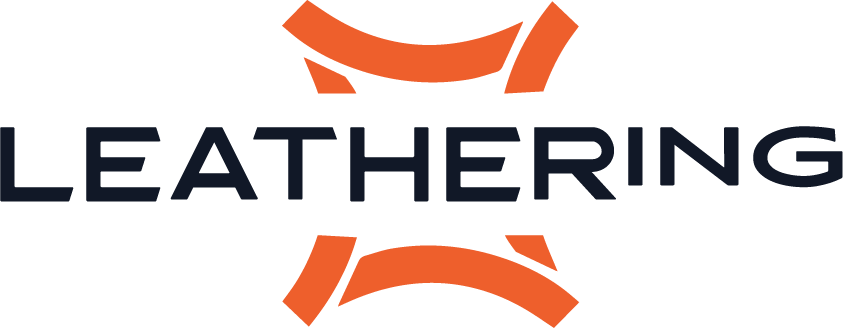
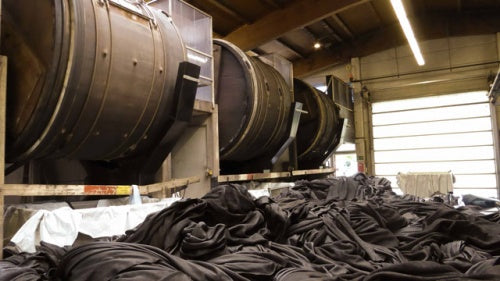
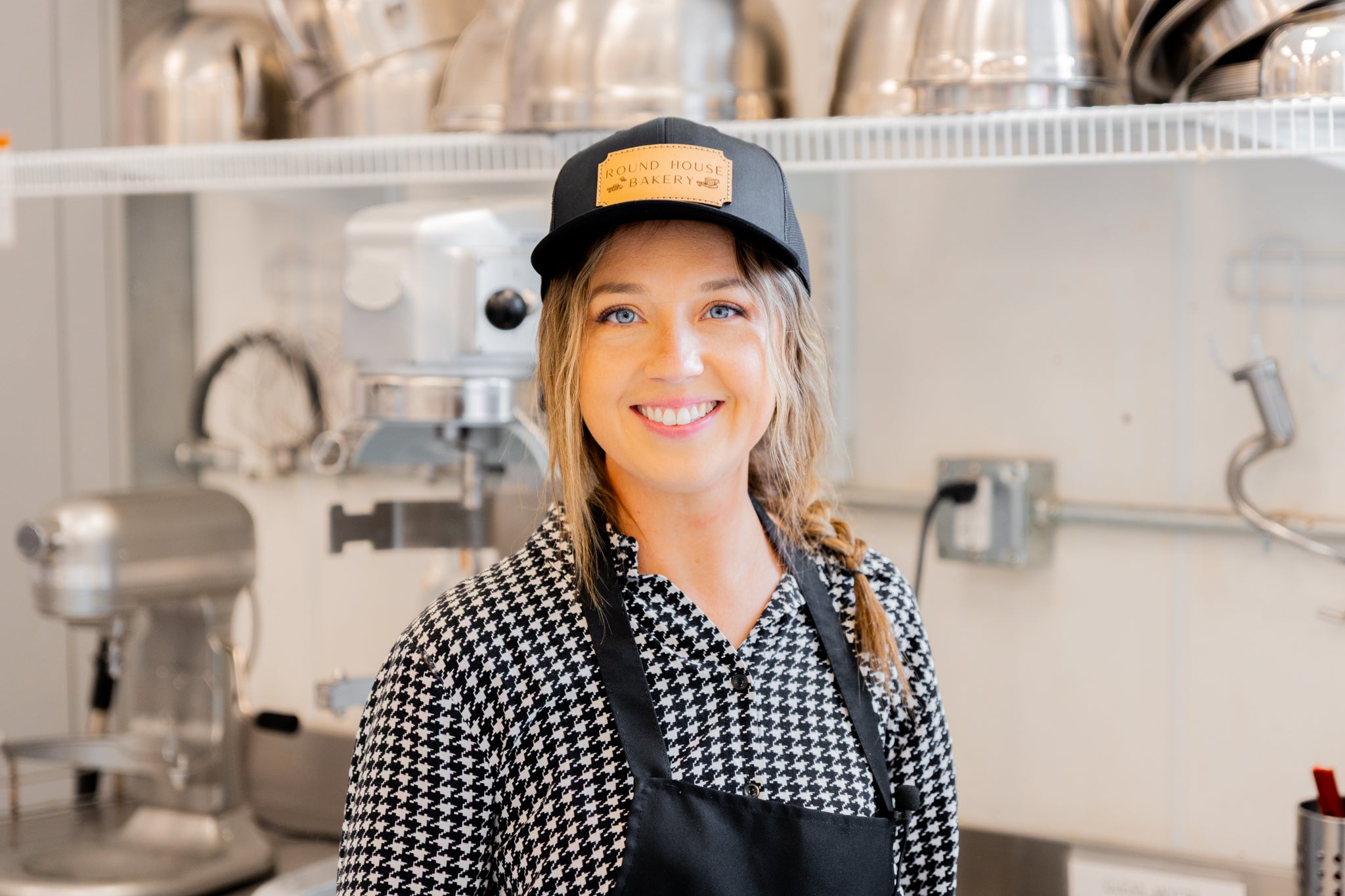
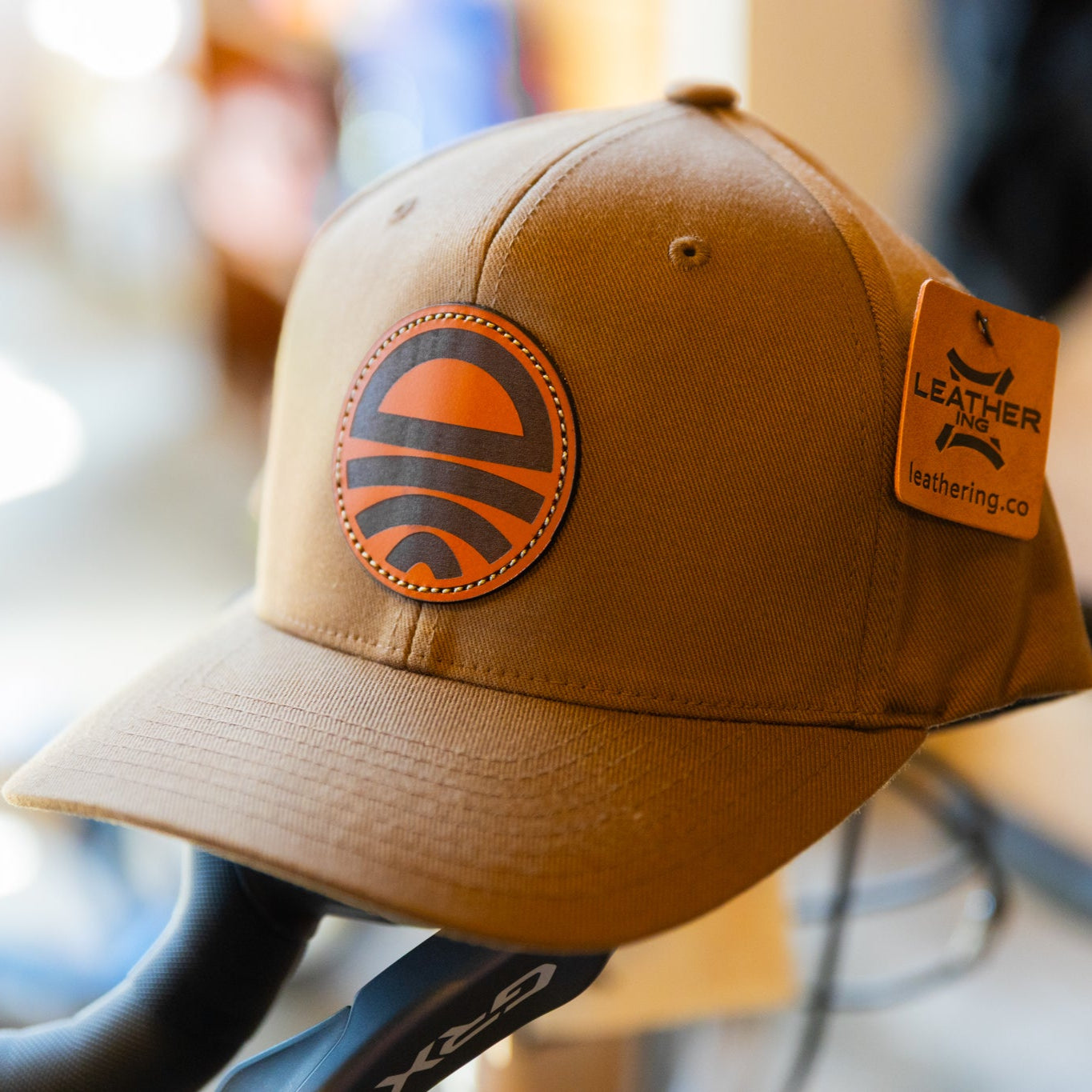
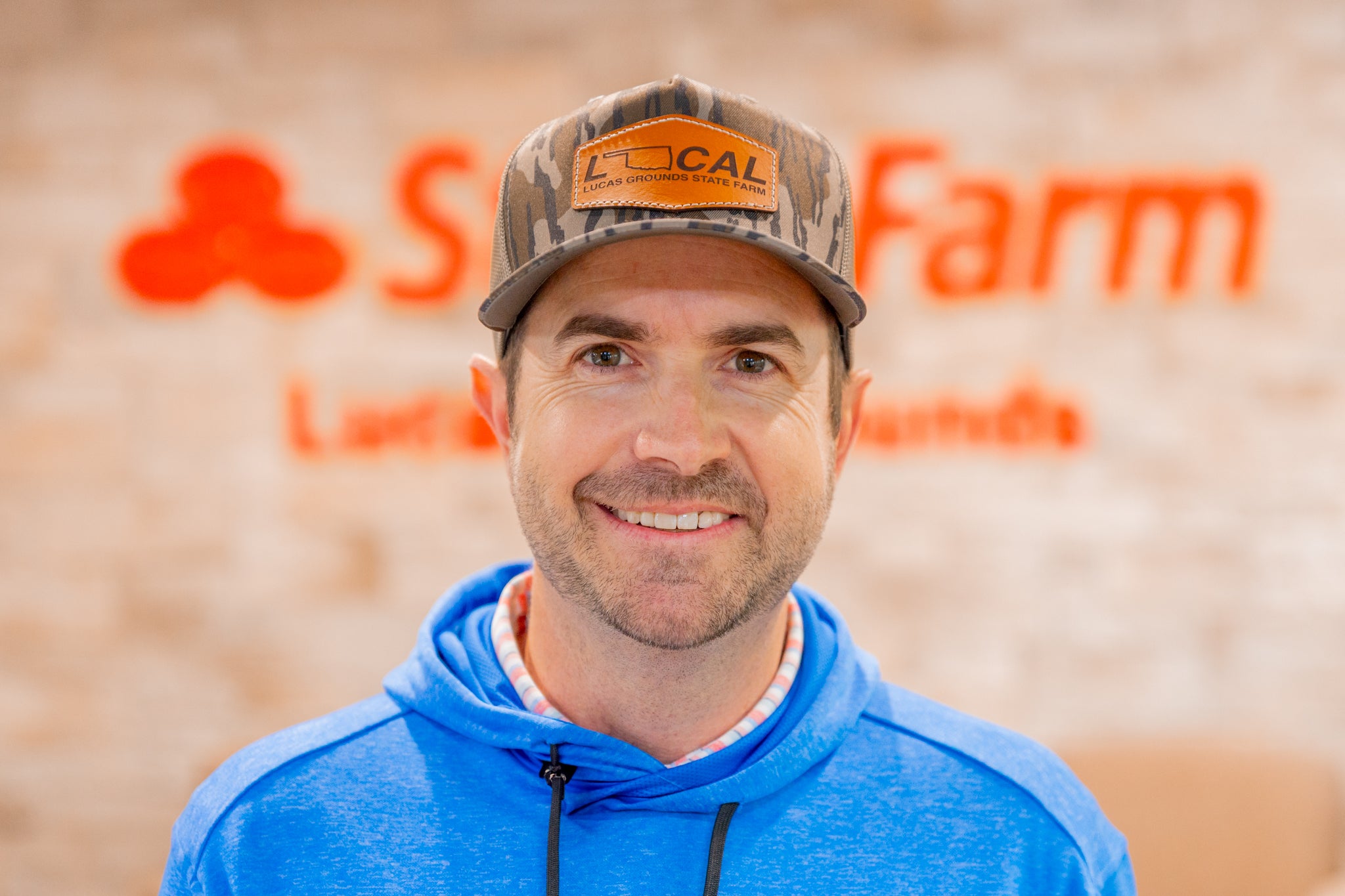
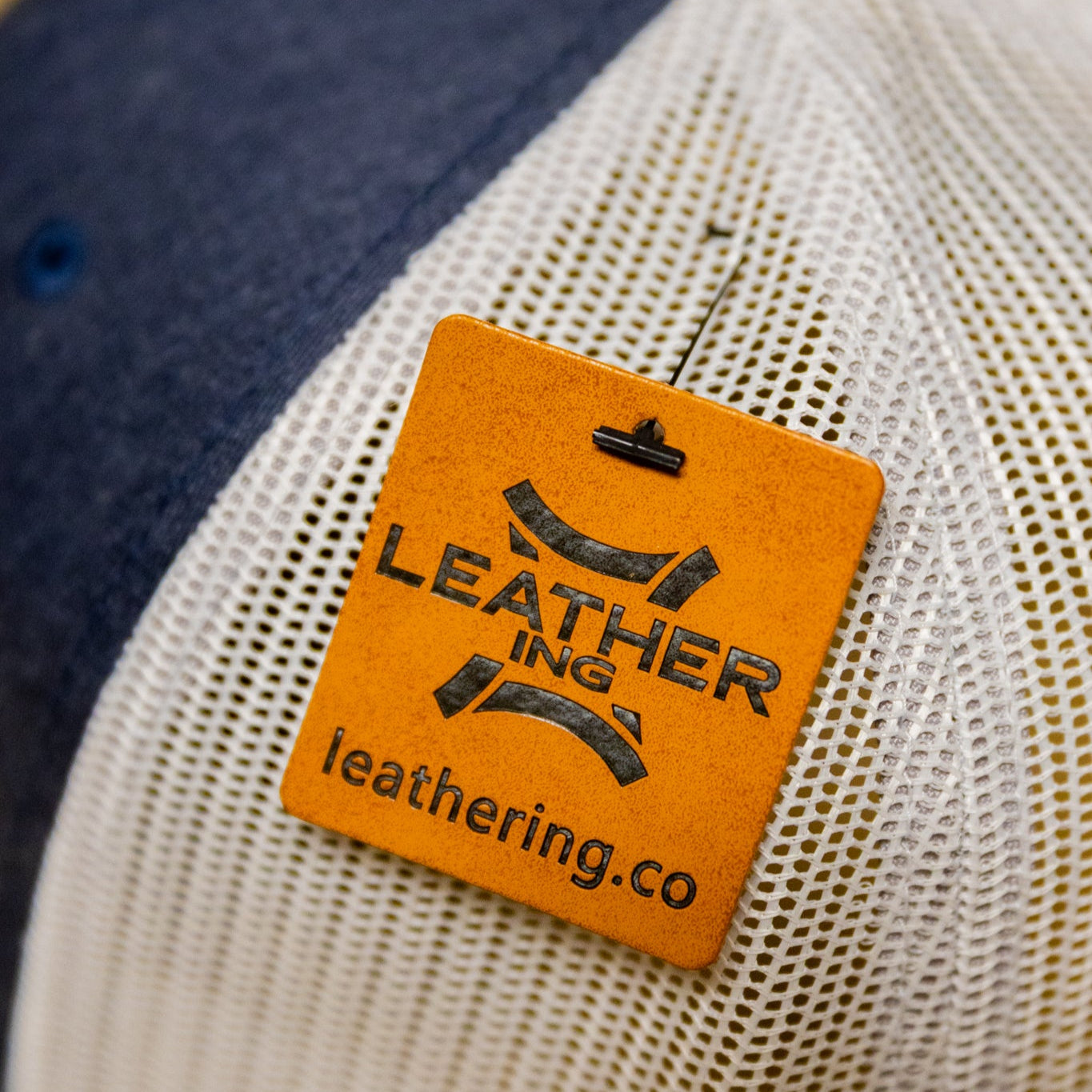
Share:
Understanding Full Grain Leather
Italian Full Grain Leather: The Benchmark of Quality